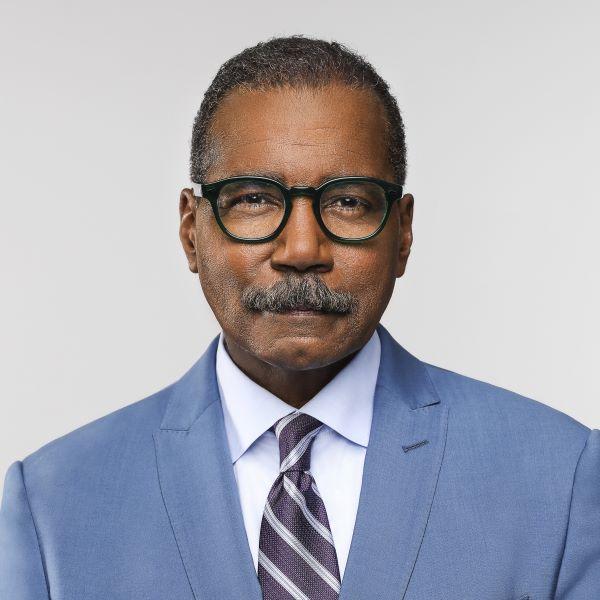What's fueling the fentanyl crisis is "not a whodunit," but "there's so much more that needs to be done," DEA leader says
Two powerful Mexican drug cartels have flooded the U.S. with fentanyl, leading to the worst drug crisis in American history.
Fentanyl was responsible for more than 70,000 deaths last year. The U.S. is "losing a generation" to fentanyl, Drug Enforcement Administration Administrator Anne Milgram said in an interview with 60 Minutes. Nearly all of the fentanyl in the U.S. is made by the Sinaloa and Jalisco cartels, with chemicals purchased primarily from China.
"As complex and as massive a problem as this is, it's also not a whodunit," Milgram said. "We know who's responsible."
How the fentanyl crisis started
The fentanyl crisis began 10 years ago when the cartels started to wrestle control of the supply chain from China, purchasing the drug's precursor chemicals to make fentanyl themselves in clandestine labs in Mexico. In 2019, China "scheduled," or blocked, finished fentanyl from being exported to the U.S., further cementing the cartels' domination of the pipeline.
Fentanyl was originally designed for hospital patients in extreme pain. Now it's in practically every community across the United States. That's because the synthetic opioid is cheap to produce, easily smuggled, and packs an incredibly addictive punch. Fentanyl is 50 times more powerful than heroin.
Sherri Hobson saw the fentanyl crisis coming. As an assistant U.S. attorney in San Diego, she prosecuted Mexican cartel cases for 30 years before retiring in 2020.
"Cartels are very business-oriented," Hobson said. "They look for profit. They look for perpetual power. They're institutionalized."
From Mexico to the U.S.: How fentanyl crosses the border
About 90% of the fentanyl making it into the U.S. comes across the U.S.-Mexico border in passenger vehicles, according to Troy Miller, the senior official performing the duties of the commissioner for U.S. Customs and Border Protection. Almost all the fentanyl coming into the U.S. is smuggled through legal ports of entry, like San Ysidro, between San Diego and Tijuana, the busiest land port in the Western Hemisphere.
More than 60,000 cars snake through 34 lanes at San Ysidro each day. CBP officers use high-resolution scanners and dogs trained to sniff out fentanyl, but they only have the resources to search 8% of the cars, according to Miller.
The cartels constantly adapt to CBP's interdiction efforts, for instance hiding fentanyl in plastic bags stuffed into cars' gas tanks to hide the scent from drug-sniffing dogs.
Two-thirds of the people arrested smuggling fentanyl are American citizens paid by the cartels.
"We've seen terrible trends. We've seen high school and middle schoolers smuggling fentanyl," Miller said.
How agencies are fighting back against the tide of fentanyl
Miller said it's clear Customs and Border Protection needs more officers and intelligence research specialists to stop the fentanyl from streaming across the border. The Senate, at the urging of former President Trump, earlier this year failed to pass a bipartisan bill that would have allocated more money for border enforcement.
"We need more resources to do our job," Miller said. "We need to all get on the same page and tackle this together."
At the Drug Enforcement Administration, Milgram oversees 10,000 employees, many of whom gather intelligence and conduct counter-drug operations worldwide. Milgram, a former attorney general of New Jersey, took over the DEA three years ago. Since then, more than 200,000 Americans have died from fentanyl overdoses.
She started putting pictures of people who died from fentanyl in the lobby of DEA headquarters to serve as a daily reminder of the drug's catastrophic impact. Milgram says since she took over, the DEA has targeted and taken action against "every part of that global supply chain" responsible for illicit fentanyl.
"Every single day we're looking at where are the vulnerabilities for those cartels, for their networks, how can we target and attack them to dismantle them and defeat them," Milgram said. "And we are working tirelessly to stop this threat, and we're making progress. But there's so much more that needs to be done."








